Top 8 Interesting Facts About Guatemala
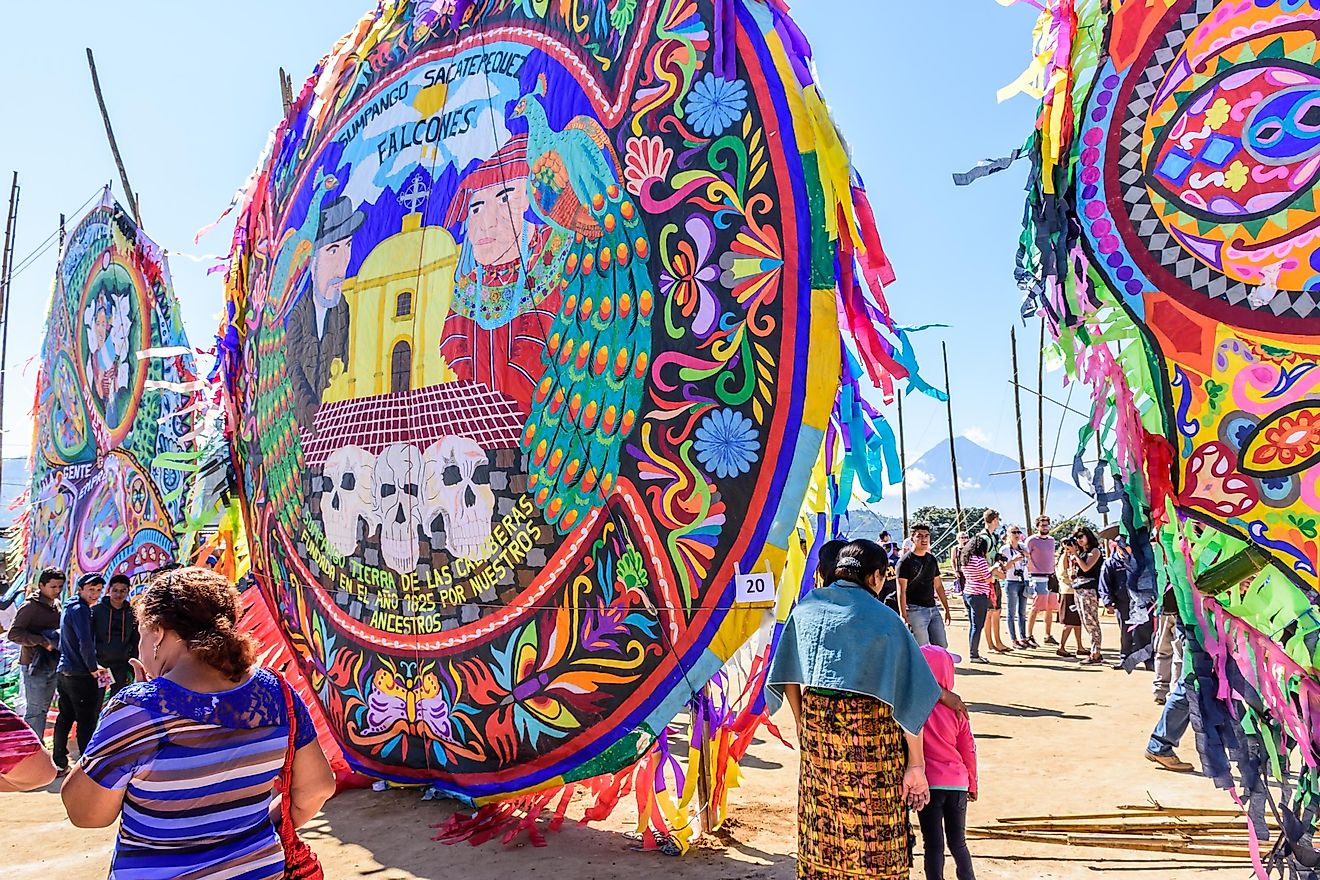
The Central American nation of Guatemala is the region's most populated country. It is home to an estimated 16.6 million people. Historically, the territory that is now Guatemala was the core of the Maya civilization. In the 16th century, Spanish conquest brought with it immense changes to the demographics and culture of Guatemala's population. The country earned its independence from colonial rule in 1821 and since experienced several ups and downs to emerge as a rapidly developing economy in the 21st century. Here is a list of some fascinating facts associated with Guatemala.
8. Guatemala Has The Deepest Lake In Central America -
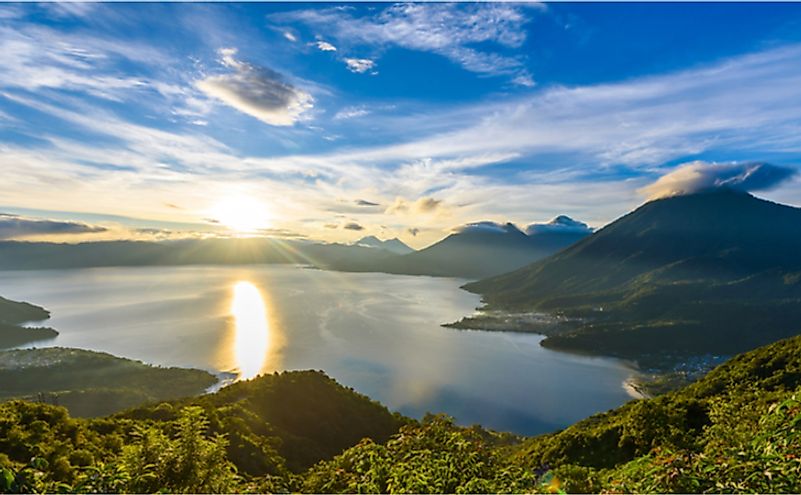
Lake Atitlán in southwestern Guatemala is the deepest lake in Central America. It is located in the Guatemalan Highlands, a part of the Sierra Madre mountain range. The maximum depth of the lake is 340 m and its average depth is 220 m. Lake Atitlán covers an area of 130.1 square km and holds around 20 cubic km of water. The lake basin is located in a massive caldera formed by a volcanic eruption around 84,000 years ago. Volcanoes and escarpments surround the lake. It is known for its scenic beauty and attracts many tourists.
7. Guatemalans Fly Giant Kites To Honor The Dead -
Every year, on the first and second of November, Guatemalans celebrate the Barriletes Gigantes festival which means "giant kites" in English. While many countries across the world engage in the All Saints' Day celebrations with silent prayers and family gatherings, the Guatemalans turn their sky into a riot of flying colors. They release giant kites, some over 40 ft in diameter, as a show of respect for their elders. The kites are usually hand-painted and their designs represent the cultural symbols of the Guatemalans.
6. Guatemala Is A Top Jade Producer -
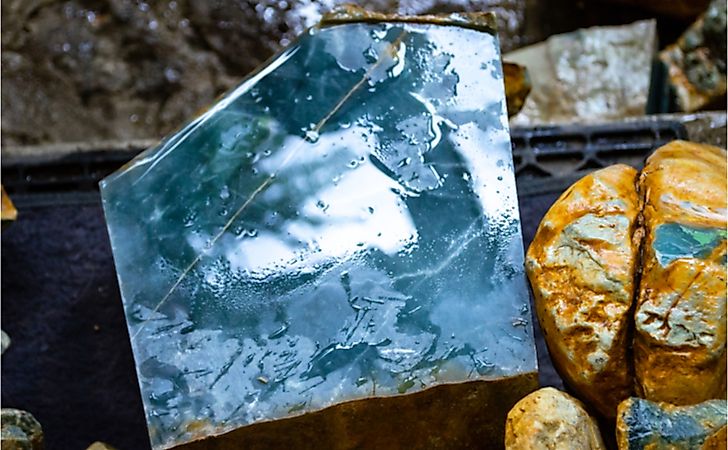
Jade is an ornamental mineral, mostly popular for its green varieties. Jade is an important part of many cultures and is used extensively in ancient Asian art. Jade was also highly valued in pre-Columbian Mesoamerica. The only source of jade in the region was Guatemala's Motagua River valley. The country produced bright green jadeite that was highly valued by Mesoamericans. Even today, the country continues to be a major source of jadeite.
5. Guatemalan Coffee Is On High Demand -

Guatemala was the biggest producer of coffee in Central America for most of the 20th century. However, in 2011, Honduras surpasses Guatemala in coffee production. Most coffee in the country grows from 16 to 32 °C. The coffee industry of Guatemala developed in the second half of the 19th century. Initial growth was slow due to inadequate technical knowledge in the field. Funds were also not sufficient. In the 20th century, however, coffee production became established in the country and flourished.
4. Guatemalan Currency Is Named After Its National Bird -
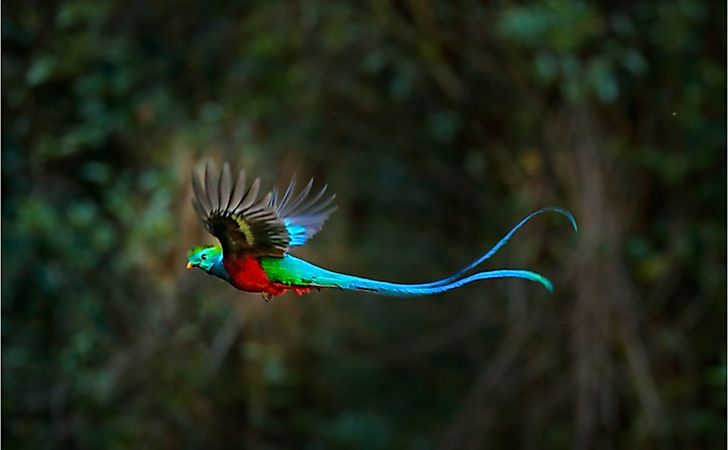
The resplendent quetzal is the national bird of Guatemala. It belongs to the trogon family and is found in parts of Central and South America. The bird is famous for its vibrant plumage. It also has an important role in Mesoamerican mythology. The Guatemalan national flag and coat of arms feature this bird. The country's currency, the Guatemalan quetzal, is also named after it.
3. Central America's Highest Volcano Is Located In Guatemala -
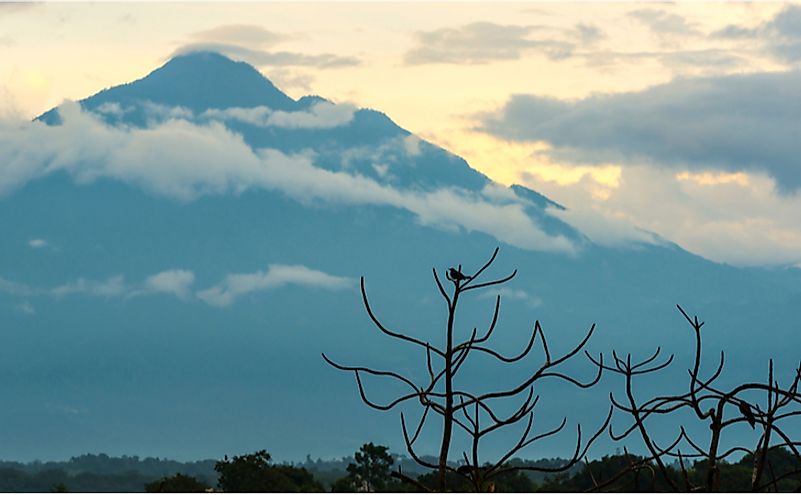
The Volcán Tajumulco is a massive stratovolcano that is located in western Guatemala's San Marcos department. It is part of the Sierra Madre de Chiapas range. It has an elevation of 4,202 m making it Central America's highest mountain. There is little information about the eruptive history of this volcano.
2. Guatemala's Recent History Is Marred By Civil War That Is The Longest In Latin America -
A bloody civil war raged in Guatemala from 1960 to 1996 leading to large-scale genocidal massacres of the indigenous Maya population. The war was fought between leftist rebels and the Guatemalan government backed by the US. The war left the country in a state of economic slowdown and political instability. Since the negotiation of a peace accord facilitated by the UN, the country's economy has started recovering. The civil war in Guatemala is the longest of its kind witnessed in Latin America.
1. Guatemalan Textiles Are Famous For Their Striking Array Of Colors -
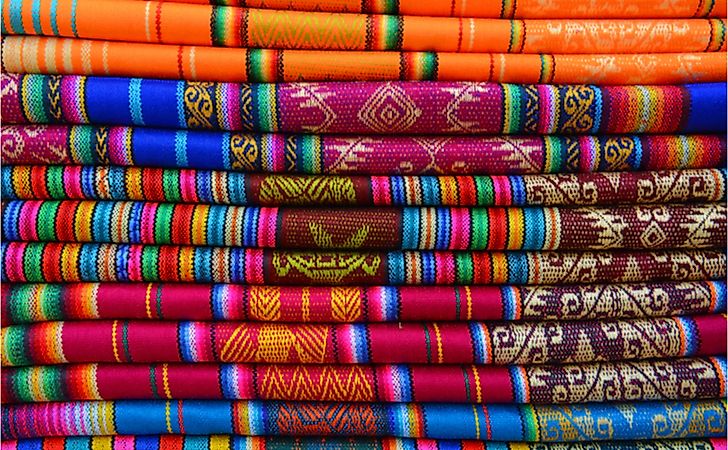
Tourists visiting Guatemala almost always fall in love with its exquisite, multi-colored textiles. These hand-woven fabrics are a symbol of the indigenous Maya culture that has survived for almost 2000 years. In the past, they served as traditional garments of the indigenous people but now they are primarily sold as tourist souvenirs.











